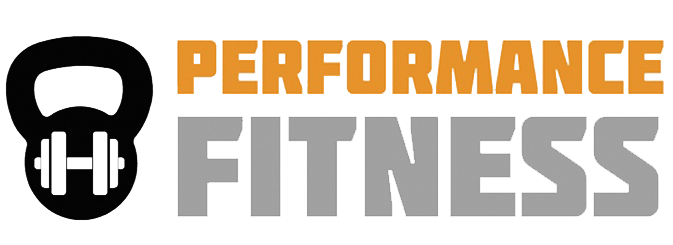Inflammation
Caitlin Pettit, Performance Fitness boot camp instructor and nutritionist, has written an informative article on the causes and dangers of systemic inflammation. Check it out:
So we’re on this 8-week journey of “eating clean” known as the Clean Up. The food is clean, the preparation is clean, and in turn, our bodies will be clean. But, what exactly is happening on the inside that needs to be “cleaned”?
We know fiber does a great job of “cleaning us out”, but it’s more like a Swiffer – it gets the surface area. So, we need something a little more potent to scrape off the stubborn debris, more like one of those high-powered waxing machines. Our gut lining actually likes to be clean, it works more efficiently when we eat basic foods in their more natural state, and it can process, absorb, and assimilate nutrients in a beneficial way. Luckily, the tiny finger-like cells in our gut can actually regenerate, so we can begin this cleaning process at any point.
And why do we have to clean so much? Inflammation.
Inflammation is all the buzz in the health world, and when we think of inflammation we typically think of an injury, a sprained ankle for example. It can be characterized as pain, redness, swelling, and sometimes loss of function. Surprisingly, the same thing can occur inside your body, it’s called systemic inflammation and has been linked to a variety of diseases such as cancer, Alzheimers, heart disease, arthritis, and osteoporosis.
When injury or infection occurs, inflammation takes place as a natural defense mechanism, sending white blood cells and pro-inflammatory substances to fight off the bad guys and get rid of the damaged cells so that the irritation won’t spread, and the tissue can repair itself. The body will also begin releasing antihistamine which in turn sets off a whole gamut of stress-response hormones. With this type of injury, just the right amount of cells will be sent out to repair the injury, clear out the bad guys, and the inflammatory response will resolve.
It’s easier for a sprained ankle to heal as the injury is localized, but when that inflammatory response occurs deep within our cells, the healing process is slow and tedious, thus resulting in chronic inflammation. These deeper inflammatory responses occur as a result of illness, infection, allergy, or intolerance.
Most likely, a person’s cells are already damaged in some way due to poor diet, so the onset of this response seems even more detrimental. For instance, you may have an intolerance to gluten. When you consume it, it attaches to and damages the cells in your gut. If the gut has damaged cells, the body sees it as injured (just as it does a sprained ankle), the alarm goes off and many of these pro-inflammatory substances, specifically C-Reactive Protein, are released.
These pro-inflammatory substances love a highly acidic environment, especially from the contribution of high-glycemic foods, refined sugars and trans fats, so they will thrive and continue to linger. If these substances are hanging out in the acidic environment, the body recognizes this and continues to release more, thinking the injury needs more in order to be repaired. So the body is in a constant state of inflammation as it keeps pumping out that C-Reactive Protein and other pro-inflammatory substances, the white blood cells are now going crazy trying to expedite the healing process, shifting their focus on that rather than keeping up your immune system. In addition, stress hormones go through the roof. With a suppressed immune system, you’re more likely to get sick, and with elevated stress hormones, you’re more likely to hold onto belly fat as well. It’s an ugly cycle that, fortunately, can be alleviated through diet
That’s where the cleaning process comes in. We can consume anti-inflammatory foods, creating an environment where the inflammation-causing substances can’t survive. Once these substances are reduced and removed through metabolism, and the gut lining has regenerated, we can maintain a healthy environment by eating the natural, clean foods that our bodies recognize, and will not inhibit an inflammatory response.
Specifically, diets rich in vegetables containing vitamins C and E, selenium, and flavanoids are essential as these antioxidants are great at fighting inflammation. Vitamin D and the B vitamins also have anti-inflammatory effects. In addition, the Omega 3 fatty acids that we get from most fish, walnuts, pistachios, flax and hemp seeds are known to be the best at reducing inflammation. All of these nutrients are included in our recommendations for the 8 week Nutrition Clean Up, and will play a vital role in our health.
Inflammation is inevitable. Illnesses occur, stress levels rise, and sleep is deprived. Each of these will naturally trigger an inflammatory response, but if we prepare our bodies to fight the inflammation, the likelihood of winning that battle is in our favor, and we won’t only recover more quickly, but we’ll look better doing so as well. Just another reason to continue to eat clean.
